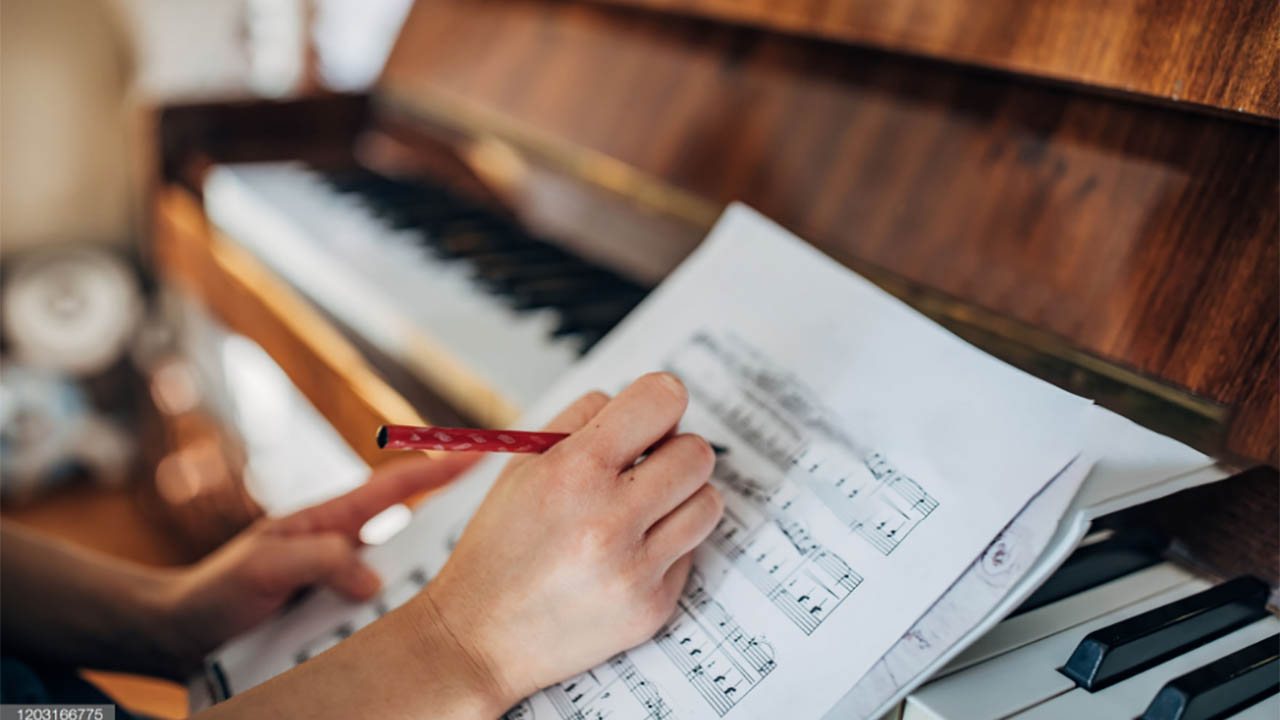
14 Aug How To Transcribe Music
Transcribing is the act of listening to a piece of music, then writing it down as music notation. It is used in many different ways and for different reasons. For instrumentalists, transcribing the solo of a master jazz improviser, will teach you tips and tricks which can enhance your own improvisations. For composers, transcribing a passage from a piece you like is a way to understand the structure, harmony and rhythm of a composition, which can enhance your own composing. Finally, for arrangers, if you transcribe what I call the ‘root’ song (the earliest version of the song), as a basis for your own arrangement, you will have songwriter’s original ‘blue print’ to work from
The way I do it is as follows – play a phrase or section over and over until you memorise it well enough to write it down; then do the next phrase or section and so on. You can break it down further and write out the rhythm first. I play the first phrase of the song, memorise it and write it down as close as possible to the original. I might break it down and do the rhythm first then the notes.
I use Sibelius Ultimate as my notation programme, but before this, I used good, old fashioned manuscript paper. For a song, I will use 3 staves, one for the voice and a grand staff for the piano (see below). But there are different formats for different musical groupings. Here are some steps you can follow:
- Work out key, time signature and tempo marking.
- Write lyrics in a structured way, on a separate page, e.g. intro, verse 1, chorus. verse 2, etc.
- Use lyric structure to organise your notation with repeat bars, special bar lines etc.
- Put in any key changes, time signature changes and the tempo.
- Write out the melody using the lyric structure as a guide..
- Put in chord symbols as this will help you understand what you are hearing.
- Put in the bass line or left hand, as this provides the rhythm section.
Happy transcribing!



